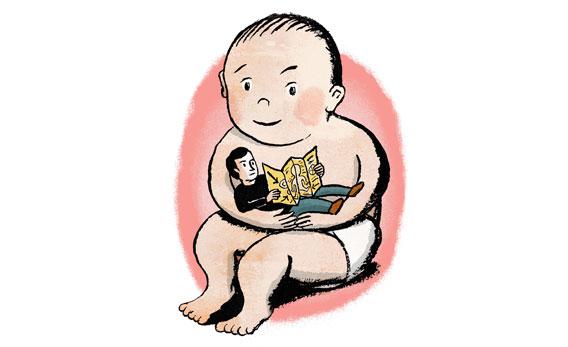I mentioned wet-nursing yesterday, and that has a fascinating history all its own. Before wet-nursing died a slow, rubber-nipple-assisted death, it was common practice across Europe for centuries, especially in Catholic countries like France. Why there? At least in part because the Catholic Church effectively encouraged people to use wet nurses. Since lactation was a form of birth control, the Church, which taught that the only legitimate purpose of sex was procreation, frowned on intercourse for as long as a woman was nursing. The prohibition was, not surprisingly, widely ignored. But there was a way to comply with it: If a woman stopped nursing altogether and hired a wet nurse, it would be impossible for her to violate the ban—or to be suspected of violating the ban. Having mothers not nurse was the only way the church could be sure that mothers were not having sex while nursing. It was a very clever doctrinal end-run, as long as everyone involved avoided thinking too hard about the sex lives of the wet nurses.
What about the Protestants? They swung the other way: They regarded wet-nursing as a divine betrayal. Women who did not nurse were said to be selfish and even evil; ministers preached against their wickedness. The Puritans in particular were the most impassioned supporters of maternal breast-feeding who can be imagined. Their evangelical rhetoric was often just an elaborate nursing metaphor: Ministers were the breasts of God, and on Sundays parishioners would “suck the breast while it is open.” Eternal life was like “being laid in the bosom of Christ, when sucking the breasts of the grace of Christ.” Being weaned was losing faith. The great Puritan minister Cotton Mather wrote that women who don’t breast-feed “are dead while they live.”
But Mather, despite the sort of pronouncements that make La Leche League look wishy-washy, had at least some of his own children wet-nursed, and colonial America would hardly represent a clean break from the practice. In the 18th century, human milk was already said to be “the most frequently advertised commodity” in the land.
***
Nicholas Day’s book on the science and history of infancy, Baby Meets World, from which part of this post was taken, will be published in April. His website is nicholasday.net.
